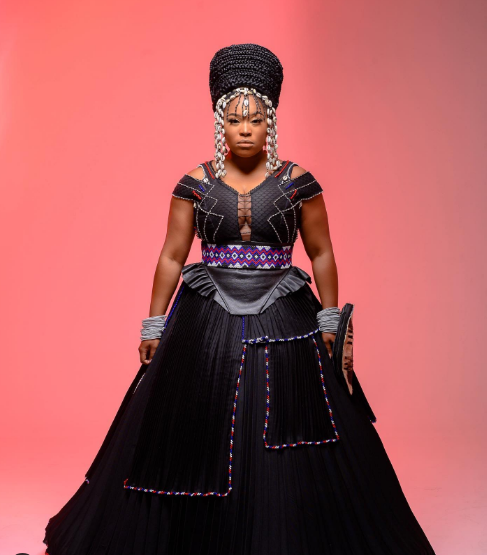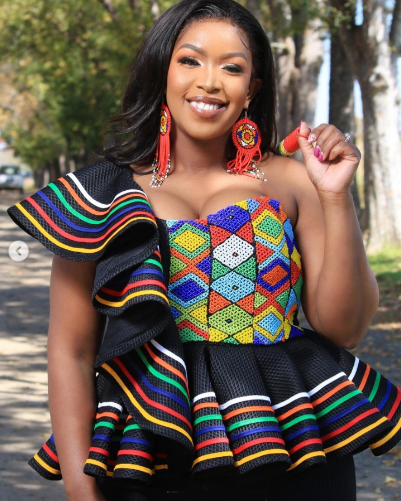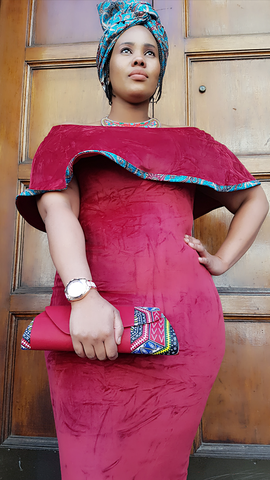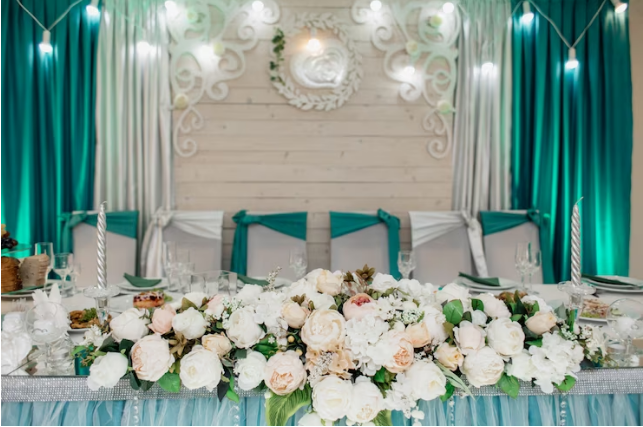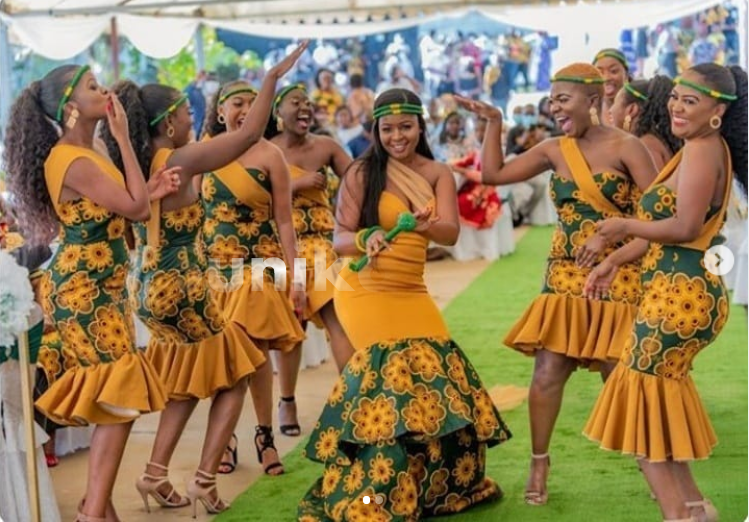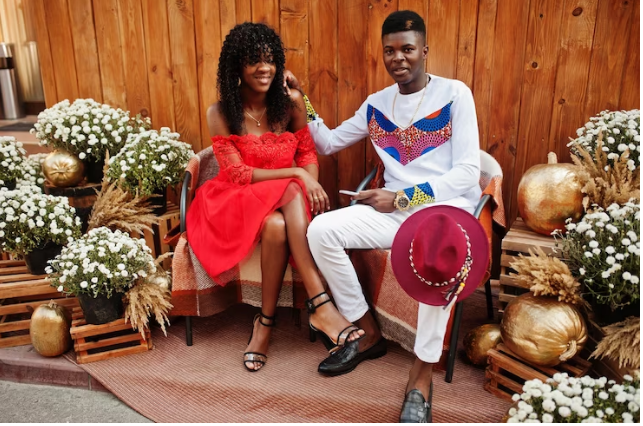
Lobola, also known as bride price or bride wealth, is a traditional practice in many African cultures where the groom's family pays a sum of money or goods to the bride's family as a sign of respect and appreciation for their daughter's upbringing and contributions to the family. In this article, we will explore the meaning, history, and significance of lobola in African cultures.
Meaning of Lobola
Lobola is a practice that has been part of African culture for centuries. It is a way for the groom's family to show respect and appreciation for the bride's family and to compensate them for the loss of their daughter's labor, fertility, and potential childbearing. It is also seen as a way to create a bond between the two families, cementing their relationship and ensuring that they will work together in the future.
The payment of lobola usually involves a negotiation process between the two families, with the groom's family presenting a list of demands and the bride's family countering with their own requests. The final amount or value of the lobola is usually determined by the cultural norms and traditions of the specific ethnic group or region.
History of Lobola
The practice of lobola has a long history in Africa, dating back to pre-colonial times. It was a common practice among many ethnic groups, including the Zulu, Xhosa, Shona, and Ndebele, among others. In the past, the payment of lobola was seen as a necessary step for a man to be considered a responsible adult and eligible for marriage.
With the arrival of Europeans and the spread of Christianity in Africa, the practice of lobola was often criticized and discouraged as a form of commodifying women and treating them as property. However, despite these criticisms, the practice has continued to be an important part of many African cultures, and in recent years, there has been a growing movement to reclaim and celebrate the tradition.
Significance of Lobola
For many African communities, the payment of lobola is seen as a way to maintain cultural traditions and values. It is also a way to honor the contributions of women to their families and communities, recognizing their importance as caretakers, homemakers, and childbearers. The payment of lobola is also seen as a way to establish a bond between the two families, creating a sense of unity and mutual respect.
In addition, lobola can serve as a form of social and economic security for women. The payment of lobola is often used to support the bride's family, providing them with financial resources to support their other children and household expenses. It can also serve as a form of insurance for the bride, ensuring that she will be taken care of in the event of her husband's death or divorce.
Lobola Negotiations
Lobola negotiations are an important part of the process of paying lobola, and involve a negotiation process between the groom's family and the bride's family to determine the final amount or value of the lobola payment. The negotiation process can vary depending on the cultural norms and traditions of the specific ethnic group or region.
In general, the negotiations are initiated by the groom's family, who will present a list of demands or expectations to the bride's family. These demands can include a specific amount of money or goods that must be paid, as well as other cultural or social expectations such as the number of cows or other livestock that must be provided.
The bride's family will then respond with their own demands or counteroffers, negotiating the final value of the lobola payment. This negotiation process can involve several rounds of discussions and counteroffers, with both families trying to find a fair and acceptable agreement.
In some cases, the negotiations can be contentious or even break down completely, particularly if the two families have very different expectations or if there are cultural or social tensions between them. However, in most cases, the negotiation process is seen as a way to build relationships and establish a sense of mutual respect between the two families.
Once an agreement has been reached, the payment of lobola can then take place. This can involve the transfer of money or goods from the groom's family to the bride's family, or the exchange of livestock or other traditional items. In some cases, the payment of lobola can also involve a formal ceremony or celebration, with both families coming together to celebrate the union and the exchange of gifts.
Controversies Surrounding Lobola
Despite its cultural significance and historical importance, the practice of lobola has also been criticized for perpetuating gender inequality and treating women as commodities. Some argue that the practice reinforces patriarchal norms and places a monetary value on women's bodies and reproductive abilities.
Others argue that the payment of lobola can also perpetuate poverty and inequality, as families without the financial resources to pay for lobola may be forced to marry their daughters off at a young age or to men who can afford to pay a lower price.
What Do You Wear For Lobola Negotiations
The dress code for a Lobola ceremony can vary depending on the specific cultural traditions and customs of the ethnic group or region involved. However, in general, both the groom and bride and their families will dress in traditional attire that reflects their cultural heritage.
For example, in Zimbabwe, the Shona people often wear brightly colored clothing, with women wearing a colorful wrap-around skirt called a "wrap," paired with a matching headscarf and jewelry. Men may wear traditional shirts and trousers, often in a bright, colorful print.
Similarly, in South Africa, the Zulu people often wear traditional clothing made from animal skins or brightly colored fabrics, with women wearing beaded necklaces, bracelets, and headbands. Men may wear a beaded headdress or a leopard-skin cloak, as well as a traditional shield and spear.
In some cases, the bride and groom may also wear a specific type of clothing or adornment that reflects their status or role in the ceremony. For example, in some cultures, the bride may wear a special headdress or veil, or the groom may wear a specific type of hat or garment.
Overall, the dress code for a Lobola ceremony is an important part of the cultural traditions and customs that surround the practice, and reflects the importance of honoring and preserving these traditions for future generations.
Conclusion
Lobola is a traditional practice in many African cultures that involves the payment of a sum of money or goods from the groom's family to the bride's family. It is seen as a way to show respect and appreciation for the bride's family, to create a bond between the two families, and to provide social and economic security for women. While the practice has been criticized for perpetuating gender inequality and poverty, it remains an important part of many African cultures and traditions.






